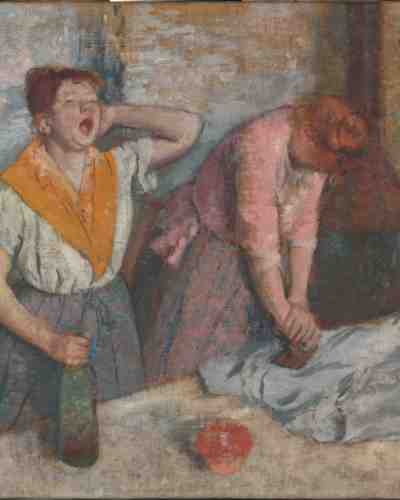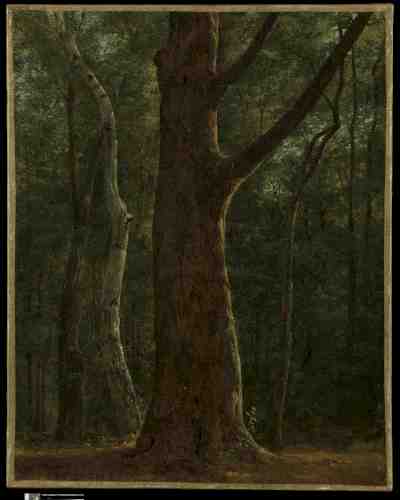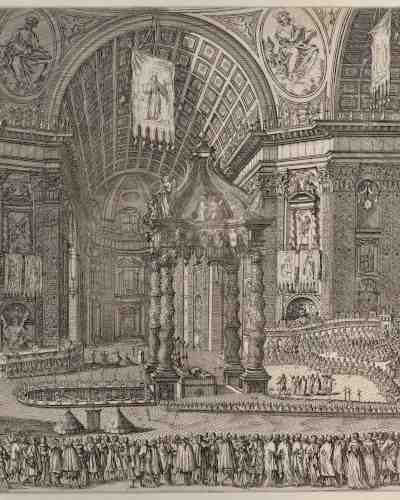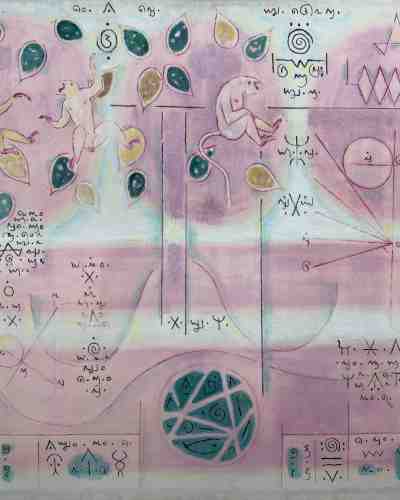School of Art + Art History
Harn Eminent Scholar Chair in Art History (HESCAH)
Please Scroll Down to See Most Recent and Upcoming Events
Lecture

The Air of Modernity: Edgar Degas’ "Ironers" Ecocritically
Marni Kessler, Professor Nineteenth-Century European Art, Kress Foundation Department of Art History, University of Kansas
Thursday, September 4, 2025 @ 06:00 pm
Chandler Auditorium at the Harn Museum of Art
Lecture

The Colonial Forest and the French Landscape
Stephanie O’Rourke, Senior Lecturer in Art History, University of St Andrews, Scotland
Thursday, October 2, 2025 @ 06:00 pm
Chandler Auditorium at the Harn Museum of Art
Lecture

The Empire Builds Back: Seventeenth-Century Architecture from the Americas to Europe
Jesús Escobar, Charles E. and Emma H. Morrison Professor in the Humanities and Professor of Art History, Northwestern University, Chicago.
Thursday, November 13, 2025 @ 06:00 pm
Fine Arts B, Room 105
Lecture

Modernism in Relation: KCS Paniker and the Paul Klee Spirit
Rebecca M. Brown, Professor of the History of Art , Johns Hopkins University
Thursday, March 5, 2026 @ 06:00 pm
Chandler Auditorium at the Harn Museum of Art
| Date | Details | Event Type |
|---|---|---|
| Thu, Sep 4, 2025 06:00 pm | The Air of Modernity: Edgar Degas’ "Ironers" EcocriticallyMarni Kessler, Professor Nineteenth-Century European Art, Kress Foundation Department of Art History, University of Kansas Chandler Auditorium at the Harn Museum of Art | Lecture |
| Thu, Oct 2, 2025 06:00 pm | The Colonial Forest and the French LandscapeStephanie O’Rourke, Senior Lecturer in Art History, University of St Andrews, Scotland Chandler Auditorium at the Harn Museum of Art | Lecture |
| Thu, Nov 13, 2025 06:00 pm | The Empire Builds Back: Seventeenth-Century Architecture from the Americas to EuropeJesús Escobar, Charles E. and Emma H. Morrison Professor in the Humanities and Professor of Art History, Northwestern University, Chicago. Fine Arts B, Room 105 | Lecture |
| Thu, Mar 5, 2026 06:00 pm | Modernism in Relation: KCS Paniker and the Paul Klee SpiritRebecca M. Brown, Professor of the History of Art , Johns Hopkins University Chandler Auditorium at the Harn Museum of Art | Lecture |
Connect with the School of Art + Art History
Keep up with the latest news about faculty, alumni, friends and current students.
Social Media
Admissions Questions?
Request Information